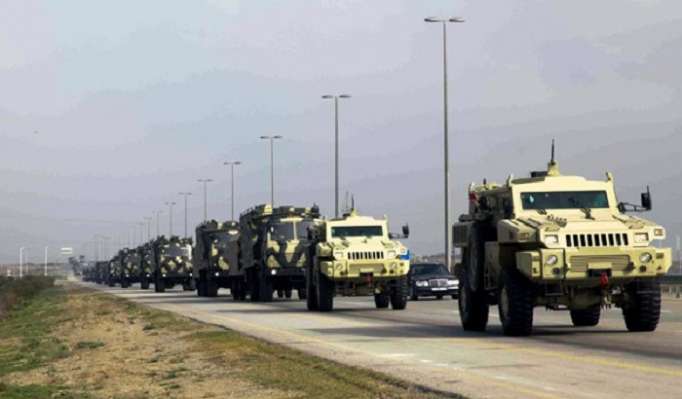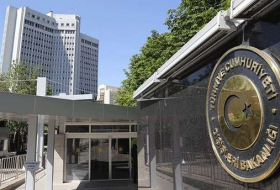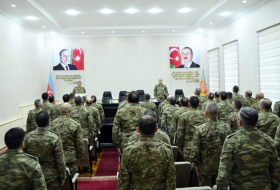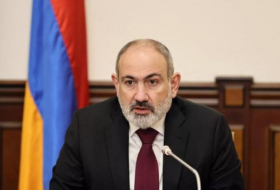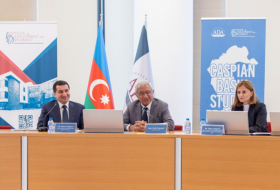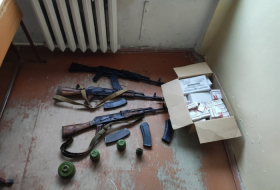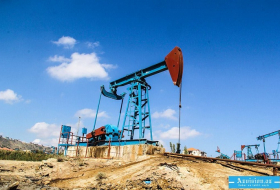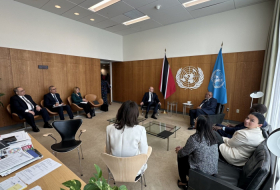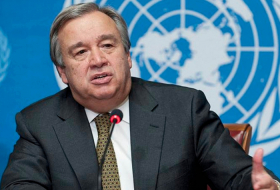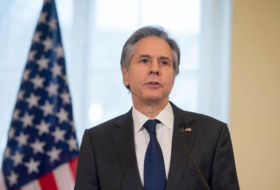This was the conclusion of the experts at the Center for Analysis of Strategies and Technologies in their report on “Waiting for the Storm: South Caucasus”. The center is an influential Russian science and research organization, which studies a wide spectrum security and defense issues: structures and the state of armed forces of countries, defense industry and military-technical cooperation.
Russian experts believe that the conflict may abruptly reach an escalation for several reasons, such as the technical supremacy of Azerbaijan, possible growth of oil prices, demographic imbalance, as well as impossibility of statutory recognition of Azerbaijani territories, captivated by the Armenians.
The Power of Oil
For a decade following the 1991-1994 Nagorno-Karabakh conflict there remained a balance of power with Azerbaijan on one side, and Armenia and the unrecognized Nagorno-Karabakh Republic (NKR) on the other. The US embargo on arms supplies to Azerbaijan in the 1990s and Russia’s support for Armenia helped to align forces in the South Caucasus.
The experts believe the turning point happened in the 2000s. The correlation of forces tipped in Azerbaijan’s favour, a country with a developed oil production. Baku remained a significant oil and gas centre and Azerbaijan’s budget benefitted from the resulting inflows. These petrodollars have enabled Azerbaijan to increase military spending and strengthen its military. According to SIPRI, the nation’s military budget rose to $3 billion in 2015 (which was comparable with the entire state budget of Armenia) from $2.8 billion in 2013 and $300 million in 2001, the report says.
The size of Azerbaijan’s armed forces reached 126 thousand in 2016, according to Military Balance. “Taking into account the departmental units, the presidential guards and various paramilitary groups, as well as civilian personnel, the total number of armed forces in Azerbaijan is at least 250,000,” claims the Centre for Analysis of Strategies and Technologies.
The Armenian Armed Forces, at the same time, comprise about 45 thousand personnel.
The inflow of oil money into Azerbaijan has allowed for a large-scale rearmament of the Azerbaijani army. With Israel, Ukraine, Belarus, Georgia, Turkey and Russia the major suppliers, Azerbaijan has purchased modern tanks, armored combat vehicles, anti-aircraft missile systems, aircraft, helicopters, anti-tank guided missiles, artillery systems, detection equipment (night vision devices, laser reconnaissance devices, thermal imagers) and unmanned aerial assets. Baku’s new capabilities were demonstrated during the “April war” (the four-day war in Nagorno-Karabakh in April 2016): clashes showed that Azerbaijani troops are now equipped with modern technology and have an advantage in night battles.

Azerbaijan’s strengthening has prompted Russia to increase its arms supply to Armenia since 2013. In February 2016, Armenia was granted a $200 million loan for the purchase of arms. Deliveries included MLRS “Smerch” launchers and appropriate missiles, MANPADS, technical radio reconnaissance equipment, TOS-1A flamethrower systems, and a range of small arms. In addition, after the April war, Yerevan purchased individual night vision devices and thermal imagers, motion sensors, laser reconnaissance devices and drones that were in short supply.
Although Azerbaijani military spending has declined to $1.55-1.7 billion a year on average since 2015 due the drop in oil prices, this is still much higher Armenia’s military budget ($440 million in 2017, $436 million in 2016).
The demographic crisis
During the Soviet period, the population of the Azerbaijan SSR and the Armenian SSR grew at a comparable pace. But analysts say that the situation has changed since 1993.
The population of Azerbaijan, despite active emigration, has continued to increase by 1-2.5% per annum. Armenia’s population, however, has been declining rapidly due to a fall in the birth rate and even greater levels of emigration, mainly amongst young people. Given the initially smaller population of Armenia, this has led to the increase in the demographic imbalance.
In 1993, the population of Armenia stood at 3.6 million against 7.44 million in Azerbaijan, in 2000 Armenia stood at 3.37 million compared to Azerbaijan’s 8 million, and in 2014 at 3.15 million versus 9.5 million.
Azerbaijan’s population is increasingly dominated by younger people, suitable for military service, while Armenia’s population is aging. In 2016, Azerbaijan had 800 thousand people of draft age against 225 thousand in Armenia.
If the demographic trend does not change, the population of Armenia may decline to 3 million people in 2030 and to 2.7 million in 2050. The population of Azerbaijan, according to UN estimates, will increase to 10.7 million by 2030 and up to 11 million by 2050, the experts say.
Domestic politics
Experts believe, if an attack was well planned and fast, Baku could win.
For now, CAST analysts believe there is no legal solution which could satisfy all sides, with the report noting “The very discussion of the issue of Karabakh’s belonging is conditioned by Azerbaijanis returning to the territories that were not part of the former Nagorno-Karabakh Autonomous Region. Meanwhile, even the possible return of only the Agdam and Fizuli districts would significantly weaken the Armenian defense, the return of the Lachin or Kalbajar district would undermine it completely,”.
They also highlight that “There is no international decision on the actual status of Karabakh. The Armenian side is doomed to a permanent arms race with Azerbaijan under disparate economic and demographic resources,” identifying that the lack of global focus on the dispute, could, given strategic changes to the financial resources and demographics of Azerbaijan and Armenia, be a key factor in renewed conflict.
Defence.az
More about:








